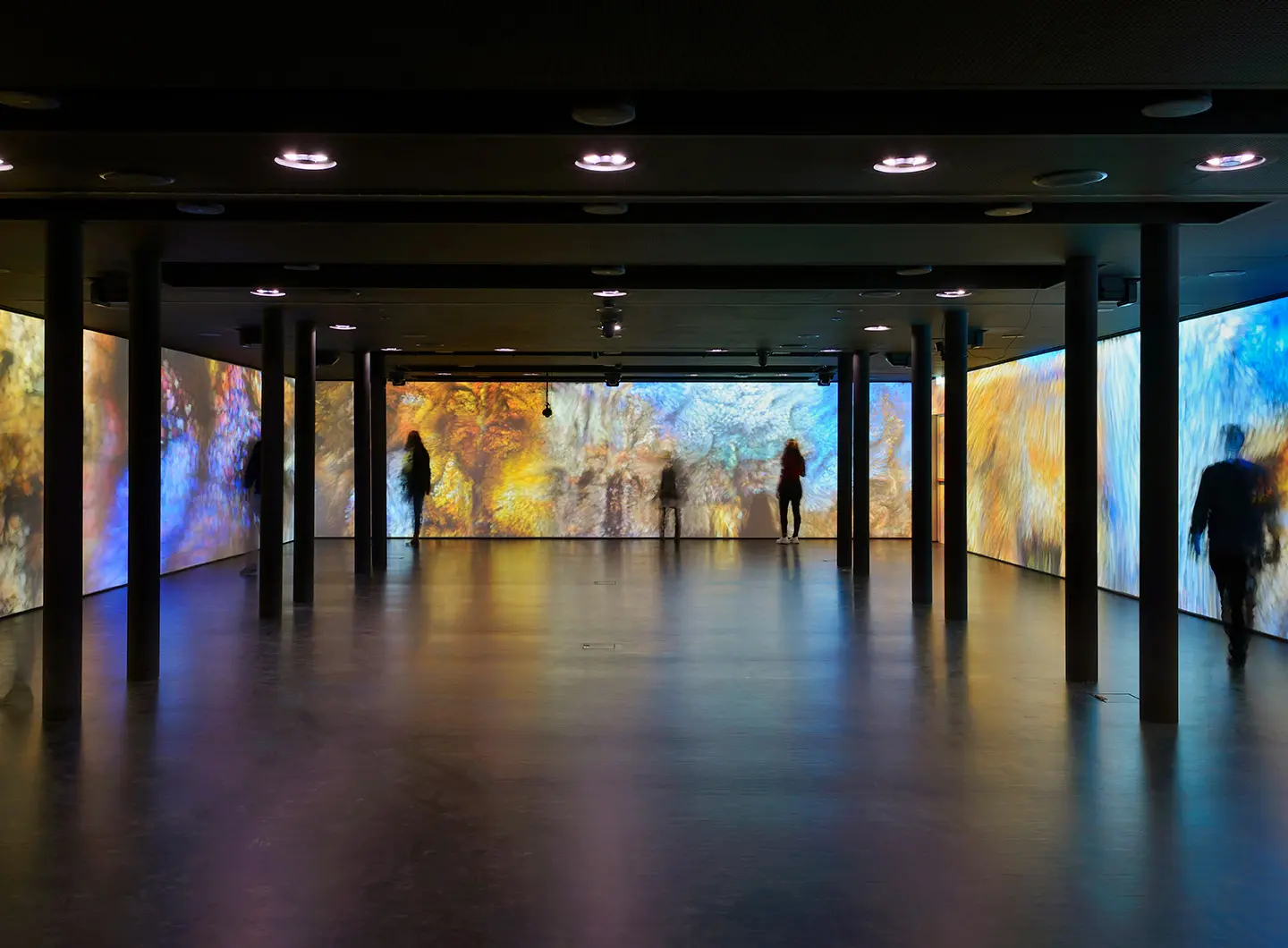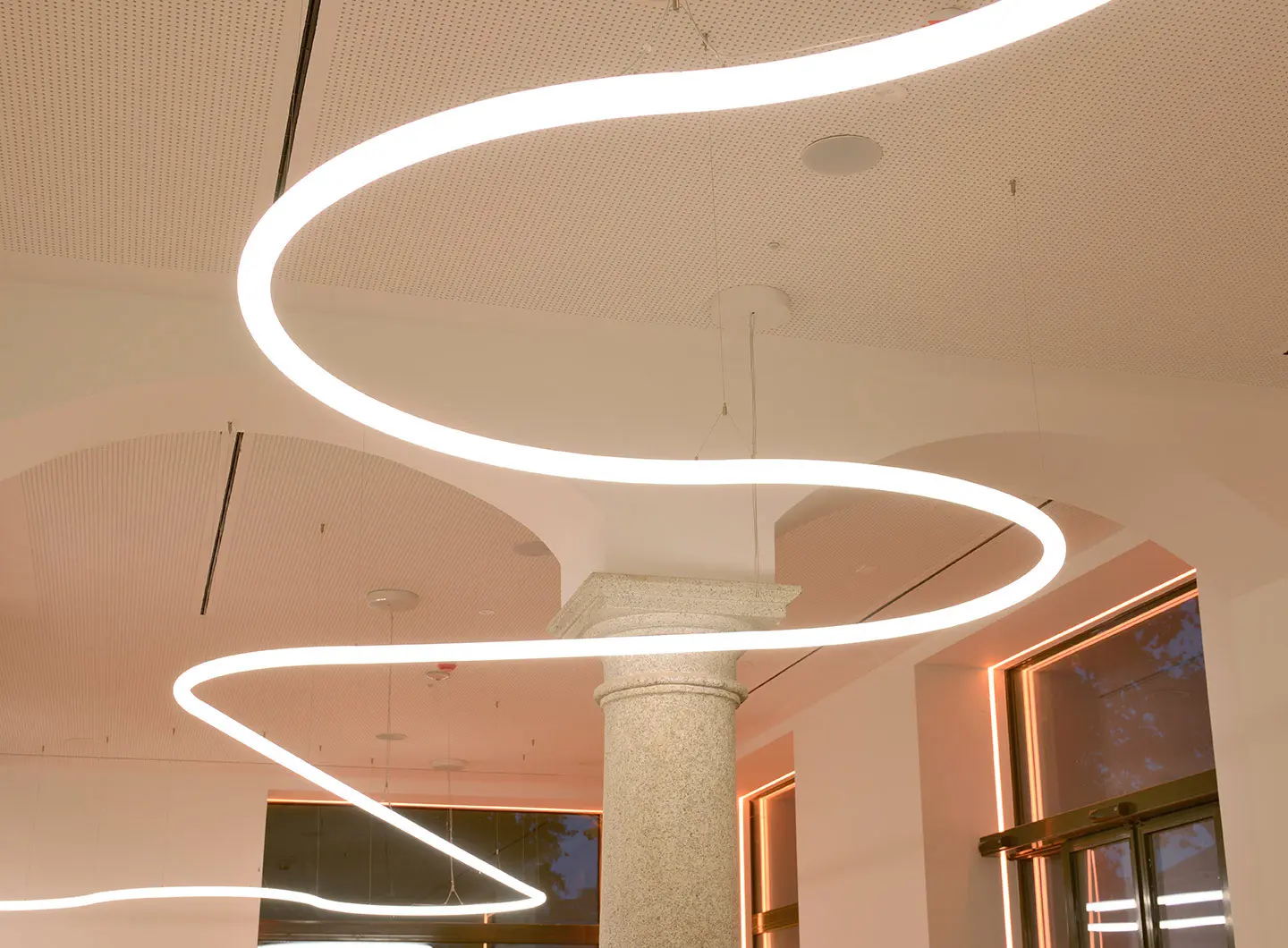The furniture and design segment dedicated to life en plein air. Interview with Roberto Pompa of the Assarredo Presidential Council as well as President of Roda
The new MEET in Milan

Photo by Michele Nastasi
The first home of Italian digital culture in a building reworked by Carlo Ratti Associati with the creative consultancy of Italo Rota. The parameters? Fluidity, interconnection and participation.
MEET was one of the last additions to the city of Milan in the annus horribilis that has just drawn to a close. A time when – due to force majeure – digital has exploded in the most varied of sectors: distance learning, smart working, online theatre, films and virtual exhibitions. It is precisely in this melange of social and communicative expression that MEET’s roots lie. It is an international centre for the digital age. A place that aims to bridge Italy’s digital divide, in the belief that innovation is synonymous, first and foremost with culture and then with technology. It also aims to fill the gap that still exists between people and technologies, by leveraging human capital. The claim of Milan’s new cult centre is “Humans MEET Digital.” Forging a new, digital humanism.
“MEET really is a content factory,” said the art critic and humanist Maria Grazia Mattei, founder and president of the centre, set up with the support of the Fondazione Cariplo, and the instigator of the Meet the Media Guru platform for public discussion and debate on innovation-related matters. “It is a creative lab, open to all those who are looking for a platform that can design and produce digital-first formats and make them ‘bounce’ everywhere.”

Photo by Michele Nastasi
MEET also oversees and safeguards digital culture in a bid to combat isolation and set up a connection between Milan, Italy and the world at large. Giovanni Fosti, President of the Fondazione Cariplo, had this to say: “Access to connection and the digital world has a crucial role to play, and now especially we must direct all our skills and creativity towards finding new approaches that will support connection between people, communities and social actors.”
The overall project was sparked by the American computer scientist Mark Weiser’s concept of ubiquitous computing, or “the era of calm technology, when technology recedes against the background of our lives.”
The challenge for MEET was to become a dual identity place and its centre, in the Spazio Oberdan, a building in the heart of the city that symbolises the cultural life of Milan, has achieved this in full. Previously extended in the late ‘90s by Gae Aulenti, the building has been redesigned by Carlo Ratti, founder of the CRA practice and Professor of Urban Technologies at MIT in Boston, to become a hybrid, dual aspect volume, capable of existing in both a physical and a virtual form.

Photo by Michele Nastasi
The 1,500 m2 volume takes up three floors, built around a large vertical public space dominated by the spectacular 15-metre-high Escheresque Living Staircase, which can be used as a theatre, workspace or meeting area, playing out the concepts of interconnection and engagement. The project is an embodiment of the principle of architecture making up for what the digital dimension often lacks, which is the ability to generate casual interface between people and trigger unexpected connections, which seldom happens on the internet. The layout reflects a hybridisation of functions, each space capable of hosting different activities simultaneously. There are asymmetrical spaces around the flights of stairs - broken lines in movement - where visitors can stop and take in the multimedia projections. As Carlo Ratti says, “When each space can serve a number of different purposes, it encourages interface between different people, helping to generate and circulate new ideas.”
The new home of digital culture brings digital technology and the physical space together through a number of projections and screens sited in different parts of the building, the Immersive Room in particular, its 15 projectors streaming extremely bright 4K images continuously onto a range of screens along the windows and doors and the three projection surfaces in the theatre, designed as a 200-seat cinema and lecture hall.

Photo by Michele Nastasi
The lighting system designed by Artemide is also in a league of its own, keeping pace with visitors and their use of the spaces, with scenographic effects in the entrance or delivering a pure narration of the interiors, the events and communication. In the entrance, patented Integralis technology makes it safer for people to mix, warding off pathogenic micro-organisms and allowing the spaces to be used more safely and healthily, in accordance with the rules.
Sound also plays a large part in shaping the spaces, enabling them not only to be “seen” but also to be heard and interpreted like a musical instrument. An unusual musical background, a veritable original soundtrack recorded by Chiara Luzzana, one of the most sought-after sound designers right now, captures the sounds, the echoes and the reverberations of MEET and those who pass through it and spend time there, making for an extremely agreeable visitor experience. Visitors are welcomed to the centre by the Bistrot, designed by Italo Rota, and featuring designer Martí Guixé’s Food Balls concept.
Aside from its cycle of Meet the Media Guru events involving leading global innovators, MEET also promotes cross-fertilisation cultural innovation events, initiatives and activities involving digital creatives and companies, exhibitions and site-specific installations, such as the opening exhibition, an ad hoc algorithmic reworking of thousands of open-source images of Italian Renaissance art and architectural work by the Turkish media artist and filmmaker Refik Anadol. The building also houses the historic Cineteca di Milano, with its own palimpsest of international contemporary films.
MEET is a cultural innovation project with the human factor at its heart, empowering it through the creation new digital connections, geared to exploring the role of physical space in the digital world and the expressive and cultural powers of digital. From Milan, looking out towards the world – it’s all here.

















